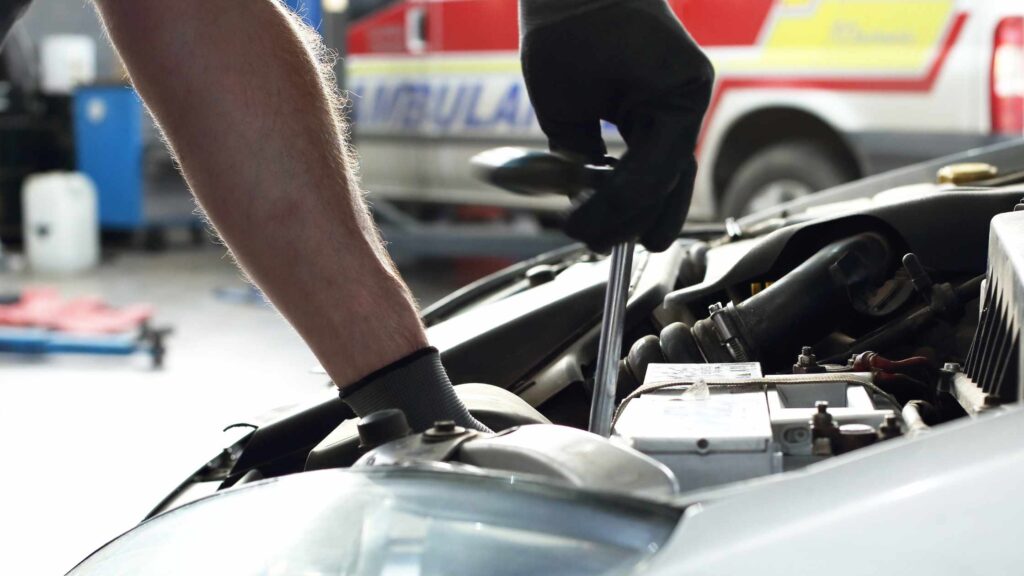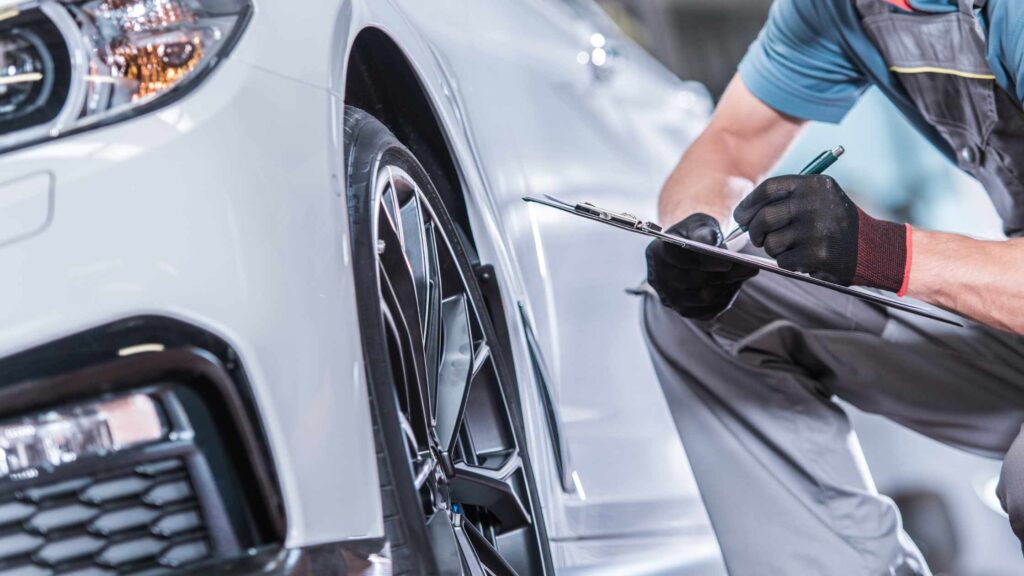Introduction
Owning a car comes with its fair share of challenges. From strange noises to unexpected breakdowns, car problems can be a major inconvenience. However, with a bit of knowledge and troubleshooting skills, many issues can be resolved without having to visit a mechanic. In this article, we will explore some common car problems and provide solutions to help you keep your vehicle running smoothly.
Battery Problems
One of the most common car problems is a dead or weak battery. If you find that your car won’t start or is struggling to start, it may be due to a faulty battery. To troubleshoot this issue, start by checking the battery connections. Make sure they are clean and tight. If the connections look good, you can try jump-starting your car with the help of another vehicle or a portable jump starter. If the battery still won’t hold a charge, it may be time for a replacement.
Engine Overheating
Dealing with an overheating engine can be a stressful experience. If you notice the temperature gauge climbing or steam coming from under the hood, pull over to a safe location immediately. Let the engine cool down before attempting any troubleshooting. One common cause of engine overheating is a coolant leak. Check the coolant level and inspect the hoses for any signs of leakage. If the coolant level is low, top it up and look for any visible leaks. However, if you cannot identify the issue or the problem persists, it is best to consult a professional mechanic.
Check Engine Light
The infamous check engine light is something every car owner dreads. The check engine light can be triggered by a wide range of issues, from a loose gas cap to a faulty sensor. Fortunately, most modern cars have an onboard diagnostic system that can help pinpoint the problem. If your check engine light comes on, the first step is to check the gas cap. Make sure it is tight and secure. If the light persists, you can use a diagnostic tool or take your car to a mechanic to get the error code read. The error code will provide more information about the specific problem.
Strange Noises
Strange noises coming from your car can be alarming, especially if you’re unsure of their origin. Different noises can indicate different problems. For example, a squealing noise while braking may suggest worn-out brake pads, while a grinding noise could indicate a problem with the transmission. It’s important to pay attention to these noises and have them checked out by a professional if they persist. Attempting to diagnose and fix the issue yourself without proper knowledge can often lead to additional damage.
Transmission Issues
Transmission problems can range from minor to severe, but they should never be ignored. If your car is having trouble shifting gears, the transmission fluid may be low or contaminated. Start by checking the transmission fluid level and condition. If it is low, top it up with the recommended fluid. However, if the fluid is dirty or has a burning smell, it may be time for a transmission fluid change. In more severe cases, a professional mechanic will need to diagnose and repair the issue.
Braking Problems
Brakes are a critical safety component of any vehicle, and any issues should be addressed promptly. If you notice that your brakes feel spongy or if the brake pedal goes all the way to the floor, there may be air in the brake lines. Start by bleeding the brakes to remove any air. However, if the problem persists, there may be a leak in the brake system that requires professional attention. Grinding noises while braking can indicate worn brake pads, which should be replaced as soon as possible to prevent damage to the rotors.
Conclusion
Owning a car comes with its fair share of problems, but with the right knowledge and troubleshooting skills, many issues can be resolved without a visit to the mechanic. We’ve explored some common car problems in this article and provided tips on how to fix them. Remember to always prioritize safety and consult a professional if you’re unsure or if the problem persists. By staying proactive and addressing car problems promptly, you can ensure a smooth and reliable driving experience.







